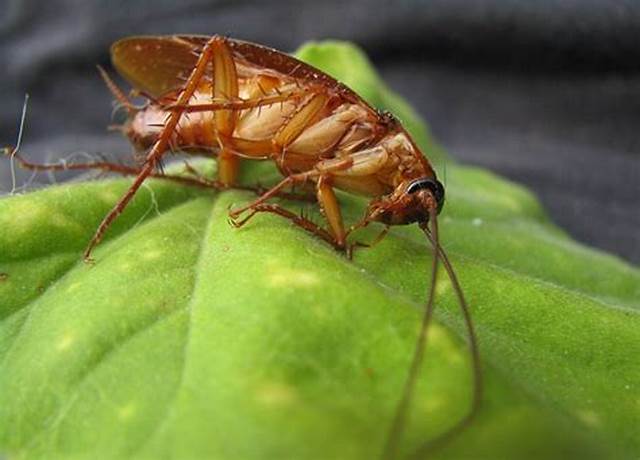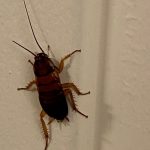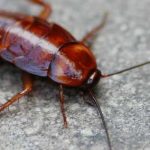Cockroaches and crickets are two of the most common pest insects in the world.
While they have many similarities, there are also some key differences between them.
In this article, we will explore the physical characteristics, habitat, behavior, diet, reproduction, life cycle, and control measures for both cockroaches and crickets.
We will also discuss the benefits of having these insects around.
Physical Characteristics of Cockroaches
Contents
Cockroaches are typically brown or black in color with a flat, oval-shaped body.
They range in size from 1/2 inch to 2 inches long.
They have six legs and two antennae, which can be up to 1 inch long.
Most cockroaches have wings, but they do not fly very well.
Physical Characteristics of Crickets
Crickets are usually light brown or green in color with a long, cylindrical body.
They range in size from 1/4 inch to 1-1/2 inches long.
They have six legs and two antennae, which can be up to 3 inches long.
Most crickets have wings and can fly short distances, but not very far or fast.
Habitat and Behavior Differences
Cockroaches prefer dark, damp places where they can hide during the day, such as under sinks or behind appliances.
They are nocturnal creatures that come out at night to feed on food scraps and other organic material.
Crickets prefer dry areas such as fields or gardens where they can find food more easily during the day.
They tend to be more active during the evening hours when they look for mates and food sources like plants or small insects.
Diet Differences
Cockroaches will eat almost anything, including food scraps, paper products, cardboard boxes, glue from labels on cans, hair, dead skin cells from humans, pet food, soap residue on dishes, and other items found in homes or businesses that provide a source of nutrition for them.
Crickets mainly feed on plant matter like leaves or stems but may also eat small insects if available.
Reproduction Differences
Cockroaches reproduce by laying eggs that hatch into nymphs, which eventually become adults after several molts over a period of months or years, depending on the species type and environmental conditions like temperature and humidity levels within their habitat area.
Crickets lay eggs that hatch into nymphs, which molt several times over a period of weeks before becoming adults capable of reproducing themselves.
Life Cycle Differences
The life cycle of cockroaches is much longer than that of crickets due to their slower development rate as nymphs grow into adults over several months or years, depending on species type and environmental conditions within their habitat area.
The life cycle of crickets is much shorter due to their faster development rate as nymphs grow into adults over a few weeks.
Control Measures for Each Pest
The best way to control cockroach populations is through sanitation measures such as cleaning up any spilled food sources quickly and sealing off any potential entry points such as cracks in walls or windowsills with caulk or similar materials.
For crickets, it is important to remove any areas where they may lay eggs, such as piles of leaves or grass clippings near your home.
Additionally, you can use insecticides specifically designed for cricket control if needed.
Benefits of Cockroaches and Crickets
Both cockroaches and crickets play an important role in nature by helping break down organic matter into its component parts so it can be recycled back into the environment.
Additionally, both types of insects provide an important source of food for other animals, like birds, who prey upon them while keeping their populations under control.
Finally, some cultures even consider certain species edible, thus providing an additional source of nutrition for humans too.
Conclusion
In conclusion, there are many differences between cockroaches and crickets, including their physical characteristics, habitat preferences, diets, reproduction methods, life cycles, control measures needed for each pest type, etc.
While these pests may seem annoying at first glance, it’s important to remember that without them, our ecosystems would not function properly, so it’s essential that we appreciate their importance too.






